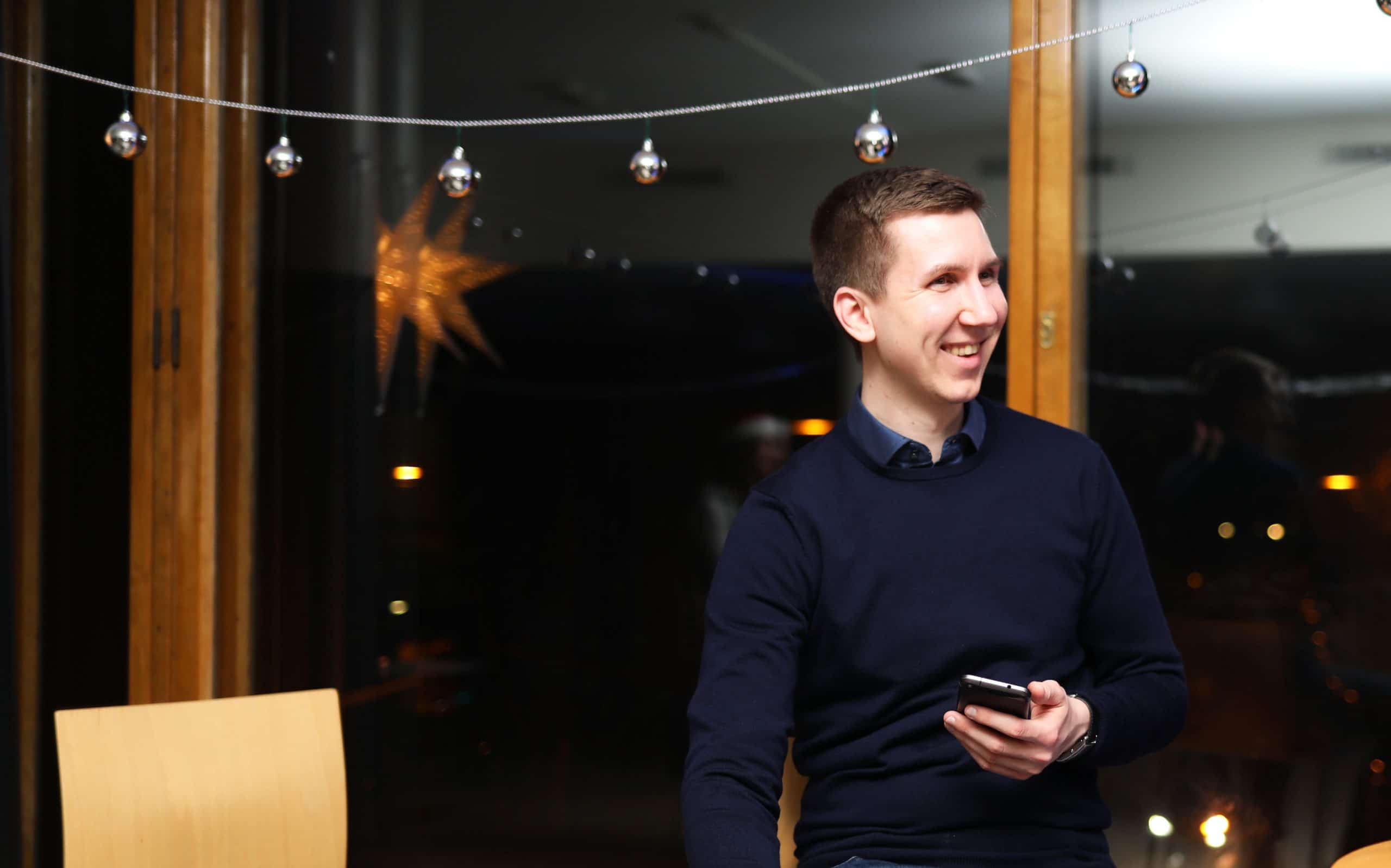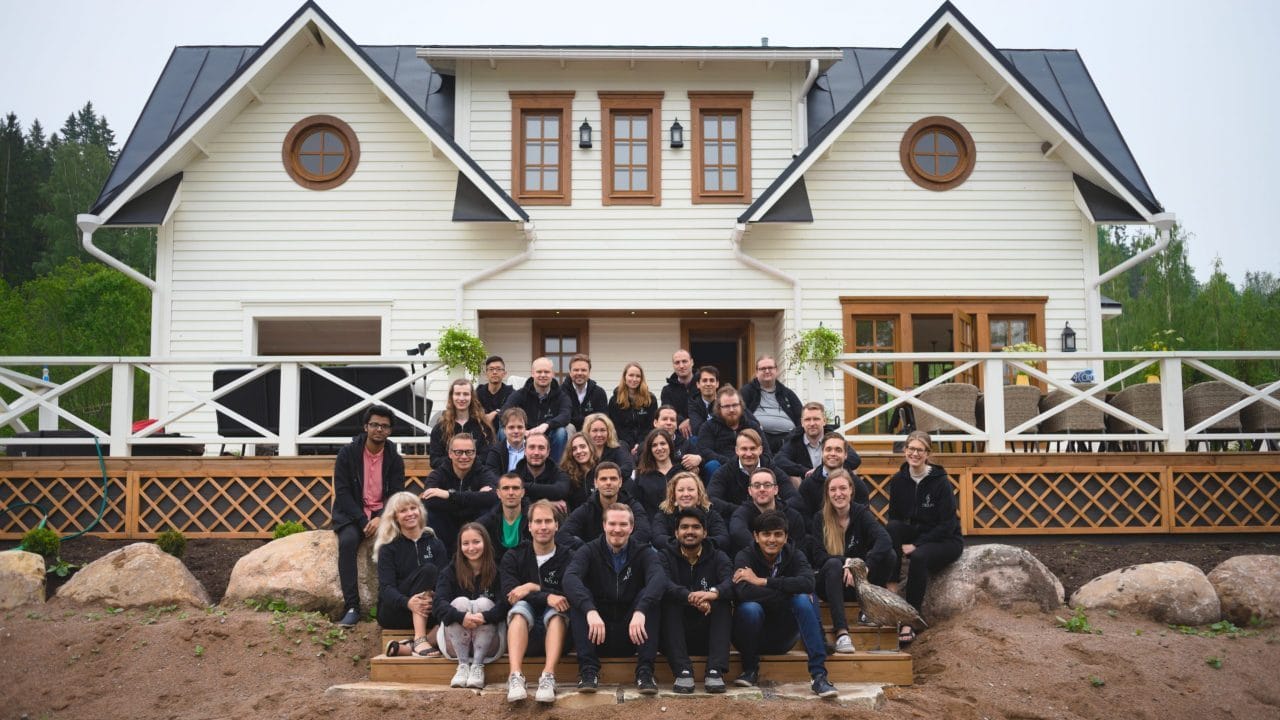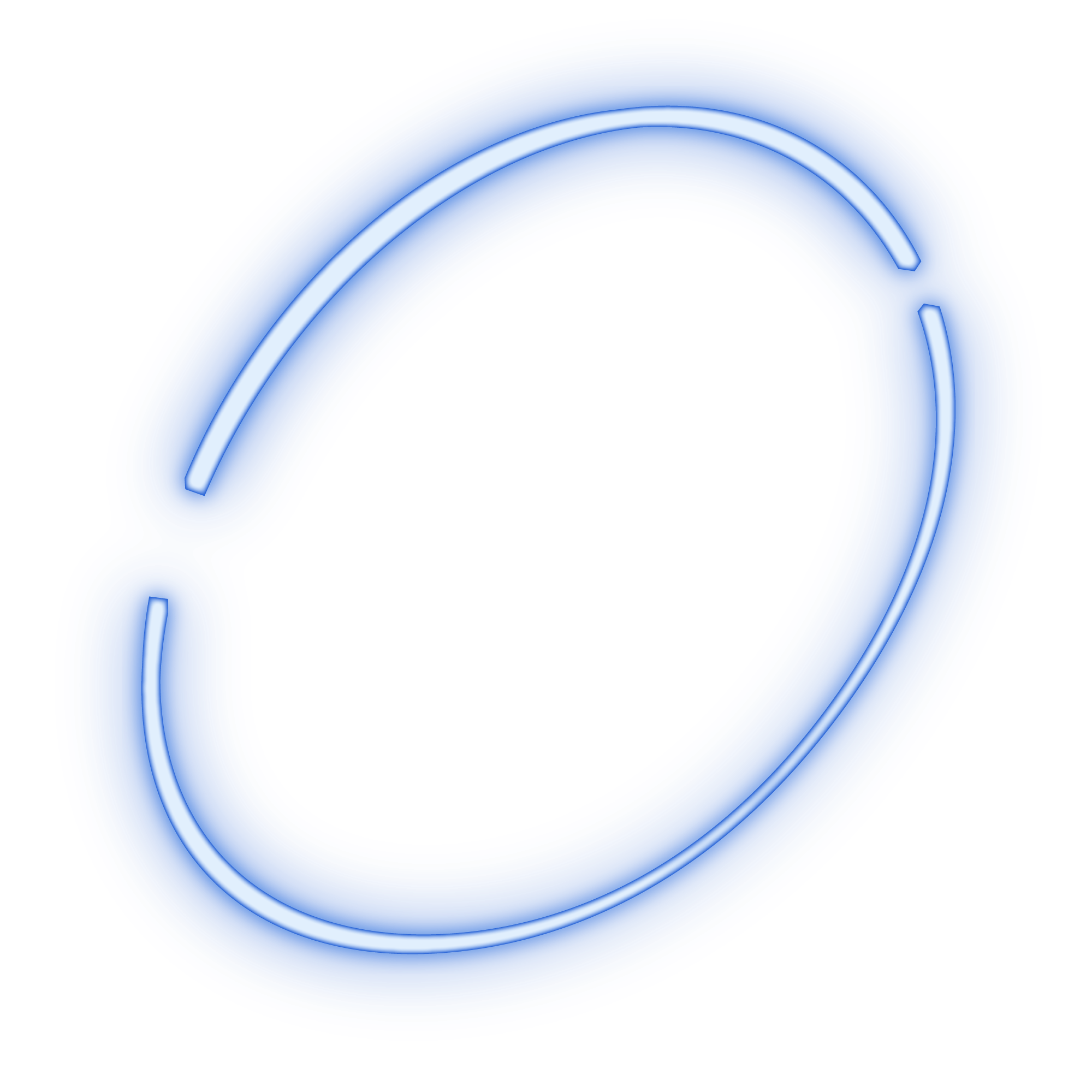Joni is a machine learning engineer with experience in computer vision combined with software development. In particular, Joni has been focusing on applying computer vision for embedded systems and mobile apps. At Silo.AI Joni works as an AI Engineer, building different kinds of AI solutions that leverage deep learning. Most of his projects have had a heavy emphasis on image and video analysis with computer vision, and focused on the healthcare and medical sector, thanks to Joni’s background in biotech and diagnostics technologies.
Joni holds an M.Sc. (Tech) in biotechnology and is currently finalizing his second master's degree in artificial intelligence and data science. With a background in biotech and IT companies, Joni has also co-founded a technology company where he developed a computer vision technique for calculating body measurements from images.
Fail fast: hands-on with the data
In his work as an AI Engineer, Joni enjoys the most solving strenuous problems in collaboration with our clients. Often there are many options to solve an issue and in the end, many steps are required to produce the hoped outcome. The AI solutions Joni works on can for instance include human-action recognition or object detection. Joni has his own strategy of tackling this kind of computer vision cases:
“I typically start by cutting the problem into smaller pieces. Very often computer vision related problems are actually formed out of a chain of problems, that all need to be solved for the AI solution to work. You need to find each challenge, fix them in the right order with the right technology. This requires a lot of iteration and testing.” Joni says
In his work Joni is hands-on and moves practice first. He doesn’t use too much time before building the first baseline solution. After that, comes iterations of improvements and more extensive research. At Silo.AI, people will not be surprised if after a couple of days Joni comes back with a working prototype of a tool that was merely an idea less than a week ago.
“Narrowing down options is easier to do by trying out and failing fast. It can be the case that the original plan doesn’t work at all, because of something in the data or due to the next necessary steps. It’s good to catch these sooner than later.” Joni explains.
Becoming a computer vision specialist
Joni’s background is in biotechnology, but he has been heavily involved with deep learning for several years. At the moment he is finalizing his thesis for a unique multidisciplinary Master’s degree on artificial intelligence, organized by the Department of Future Technologies at the University of Turku.
Joni’s journey towards becoming a computer vision specialist kicked off about five years ago, when he discovered transfer learning. Transfer learning means fine-tuning a ready-made model for a new problem. Seeing the efficiency of these technologies, Joni was eager to learn more and soon he got involved with Kaggle, an online learning platform for machine learning enthusiasts. Today, the community of 1.000.000+ registered data scientists compete in solving machine learning challenges posed by companies like Google and Lyft.
“To me Kaggle is the best way to learn. The fields of machine learning and computer vision are rapidly advancing and it’s crucial to stay on top of the latest trends.” Joni comments.
“I’ve participated in nine computer vision competitions. My most successful one so far was to score on the top 3% in Histopathologic cancer detection. Some of my other projects include detecting steel defects for a steel and mining company and improving 3D object detection for self-driving cars.”
Previously Joni has shared his experience with LIDAR U-Net model in Silo.AI’s blog. Joni highlights that the most important part of Kaggle is the documentation and shared learnings for each challenge:
“I usually go through old competitions for inspiration. If you take a look at the solutions that performed well in the competition, it offers a good filter of technologies and methods that works for the kind of dataset and challenge. In Kaggle, all the methods and code of the winning solution are shared to the community, and anyone is welcome to join and learn.”
“There was a competition that focused on detecting whales by identifying individual whales from the shape of the tail, and its unique markings. The challenge was that some of the whales had only a single image, and back then, I didn't know how to use deep learning methods with so few training samples. Reading the winning solution's documentation of Siamese networks introduced me to similarity learning. Since then, I have applied those techniques in object re-identification and unsupervised learning.”
Learning junkie with vast knowledge of many fields and technologies
Joni has extensive experience from various projects, where he has been hands-on testing out different technologies. He has background in both software engineering and computer vision development sides. Joni describes his knowledge rather general than specific as he has worked in various fields, ranging from medical and healthcare to IT and process industries. Technology-wise he has worked with image based quality assurance, process quality assurance and photogrammetry, measuring objects based on images.
“I have software experience so I can express new ideas in code pretty easily. I believe that in order to be really effective in deep learning, you also need to be a good software engineer.”
In the computer vision technology company that Joni co-founded, the technology relied solely on using a phone camera. As CTO, Joni developed a way to calculate body measurements from images using pose detection, keypoint detection and photogrammetry, and implemented the technology in Android and iOS mobile apps.
Kaggle has also provided Joni a way to learn a lot from different technologies:
“Most of the technologies I’ve used in my work at Silo.AI I’ve first learned through Kaggle. For example, just last year I leveraged the competitions to gain experience in detecting metastases from tissue images, classifying diabetic retinopathy and cellular images, identifying pneumothorax from chest x-rays, detecting different defect types from steel plates, locating 3D objects from self-driving car's LIDAR sensor, finding vehicles position and translation from images, and identifying deepfake videos.” Joni lists.
Programming and various sports keep busy
Joni spends a lot of his freetime in the world of technology and solving Kaggle competitions. Currently he is following the platform closely for new interesting challenges with his team mate Mikko Tukiainen, also Silo.AI employee. Mikko and Joni have worked side-by-side as Team rähmä.ai in several Kaggle competitions, the latest one focusing on Deepfake detection.
In addition, Joni likes to keep fit by going to the gym, and by exploring nature by hiking and climbing.
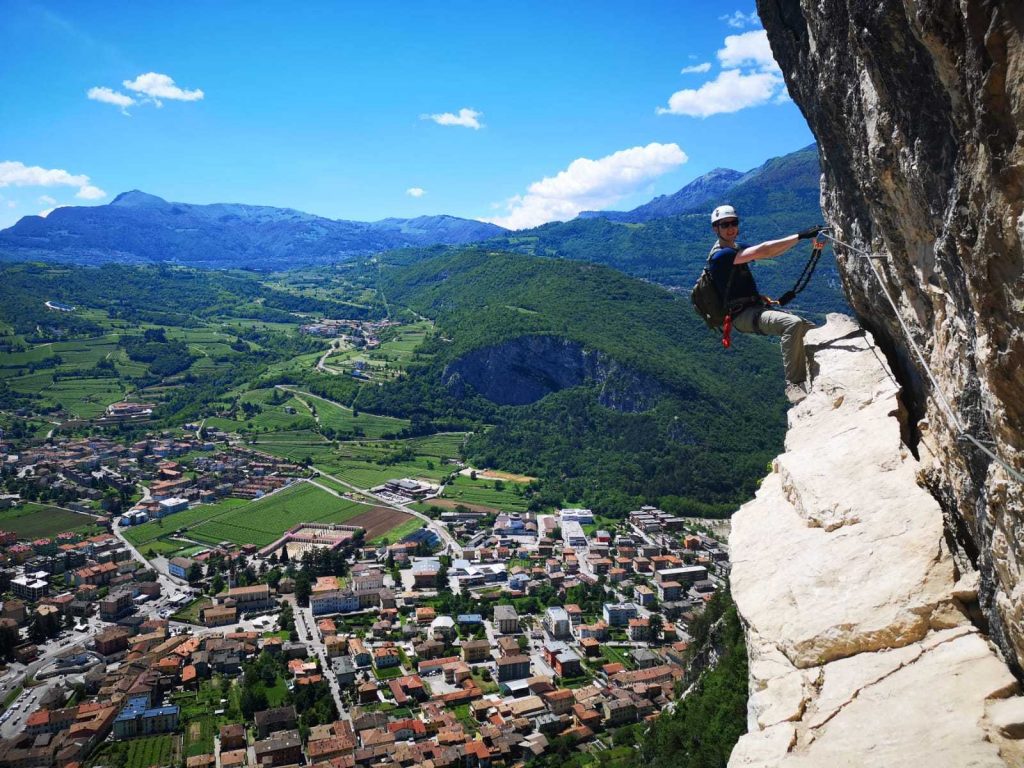
Keep learning to keep track on deep learning
“My favorite value that Silo.AI has is Keep Learning. The techniques that work today can get outdated pretty fast in this field as new methods in deep learning are published every day. Occasionally, there are bigger leaps forward. Like mentioned already, good sources to look for what works well in practice are the winning solutions in data science competitions.”
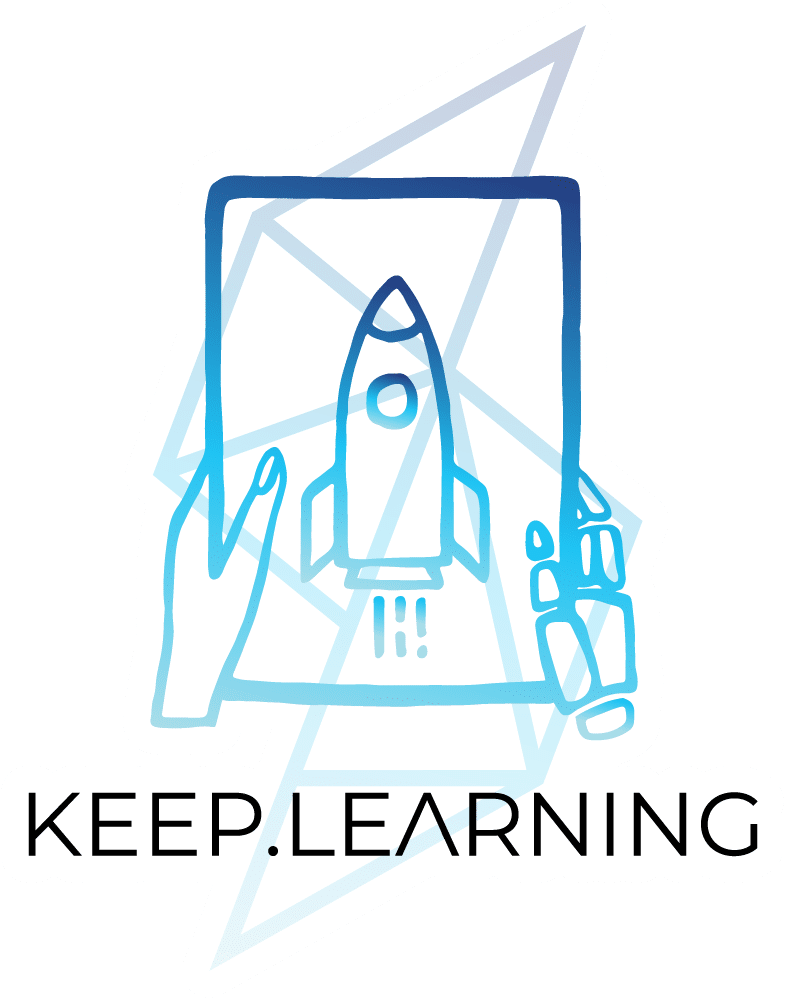
Check out Joni’s projects online
Kaggle:
Software:
Would you like to work with AI Engineers like Joni? We’re constantly looking for more curious AI experts. Get in touch with our recruiter jenni.kivikoski@silo-ai.hel5.wp-cloud.dev to discuss our current projects and check out our open positions.
About
Join the 5000+ subscribers who read the Silo AI monthly newsletter to be among the first to hear about the latest insights, articles, podcast episodes, webinars, and more.
